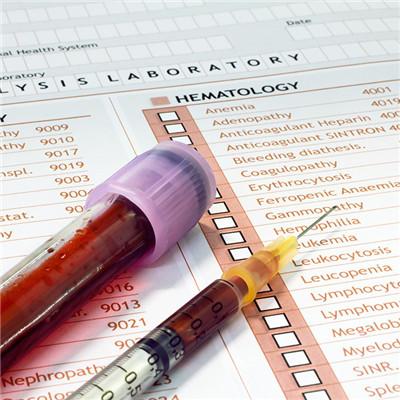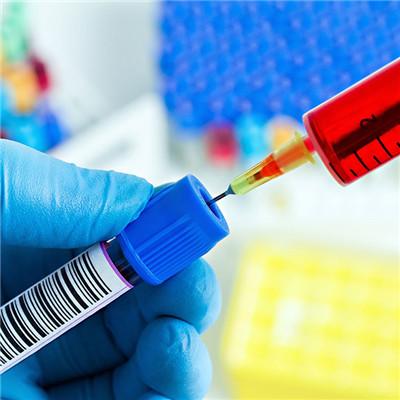How is leukaemia bone ache to return a responsibility?
summary
The occurrence of "bone pain" will naturally be associated with bone disease, which brings great harm to patients. In fact, some bone pain may also be caused by blood system diseases. In order to avoid unnecessary misdiagnosis, it is necessary to complete laboratory examination. So let's talk about the bone pain of leukemia?.
How is leukaemia bone ache to return a responsibility?
First: acute and chronic leukemia can have the performance of bone pain. Bone pain is caused by the limited capacity of the bone marrow cavity, the bone around the bone marrow cavity is hard and inelastic, and a large number of leukemia cells proliferate in the bone marrow when leukemia occurs, which greatly increases the tension in the bone marrow cavity and causes pain. In addition, leukemic cells can infiltrate and destroy the cortex and periosteum of bone, and also cause and aggravate bone pain. Sternal tenderness is often one of the characteristic signs of leukemia. Most of leukemia bone pain is dull pain. A few patients suffered from severe bone pain. Acute lymphoblastic leukemia in children can have severe pain in long bones of limbs. General analgesics can't relieve pain, and even pethidine can't relieve pain. Although the bone pain was severe, but the physical examination was normal, no local swelling, skin temperature did not change.

Second, bone pain is one of the main symptoms of multiple myeloma. The cause of bone pain is different from leukemia, it is caused by bone destruction. Multiple myeloma is a malignant disease caused by malignant transformation of plasma cells in bone marrow. Malignant transformation of plasma cells is called myeloma cells. Myeloma cells can secrete a cytokine called osteoclast activating factor. This osteoclast activating factor can stimulate osteoclasts, greatly enhance the function of osteoclasts, and lead to bone calcium loss, osteoporosis and bone destruction. In multiple myeloma, lumbosacral pain is the most common, followed by chest and ribs, and long bones of limbs are rare. The degree of pain varies. In the early stage, it is usually mild and temporary. Activity can induce or aggravate the pain. With the progress of the disease, it can become persistent and serious. This kind of pain killer is difficult to work, and pethidine, a powerful analgesic, can not relieve the pain. In addition, multiple myeloma is prone to pathological fracture due to bone destruction. If fracture occurs, bone pain will suddenly aggravate and the pain will be severe. When the patients with multiple myeloma are examined, sometimes the local mass of bone can be found, and the local bone can have obvious tenderness.

Third: bone pain occurs when lymphoma cells invade the bone. Pain is generally limited to the lesion site, local tenderness can be obvious. The main bone invaded by lymphoma were thoracic vertebrae, lumbar vertebrae, ribs, pelvis, femur and cervical vertebrae. General for dull pain and dull pain, can also have severe pain attack. In addition, bone marrow necrosis can also cause bone pain, but it is rare. Due to the unclear etiology, a large number of bone marrow cells dissolved and necrotized in a short time, resulting in severe bone pain, which is very severe and intolerable. All painkillers are difficult to relieve pain. Bone marrow necrosis is often secondary to other malignant tumors, and there are still some unclear causes.

matters needing attention
Bone pain most often occurs in the chest ribs, spine, can also occur in the long bones of the limbs. Pain can be dull pain, can also be intolerable pain, blood disease patients with bone pain can try the situation of medication.














